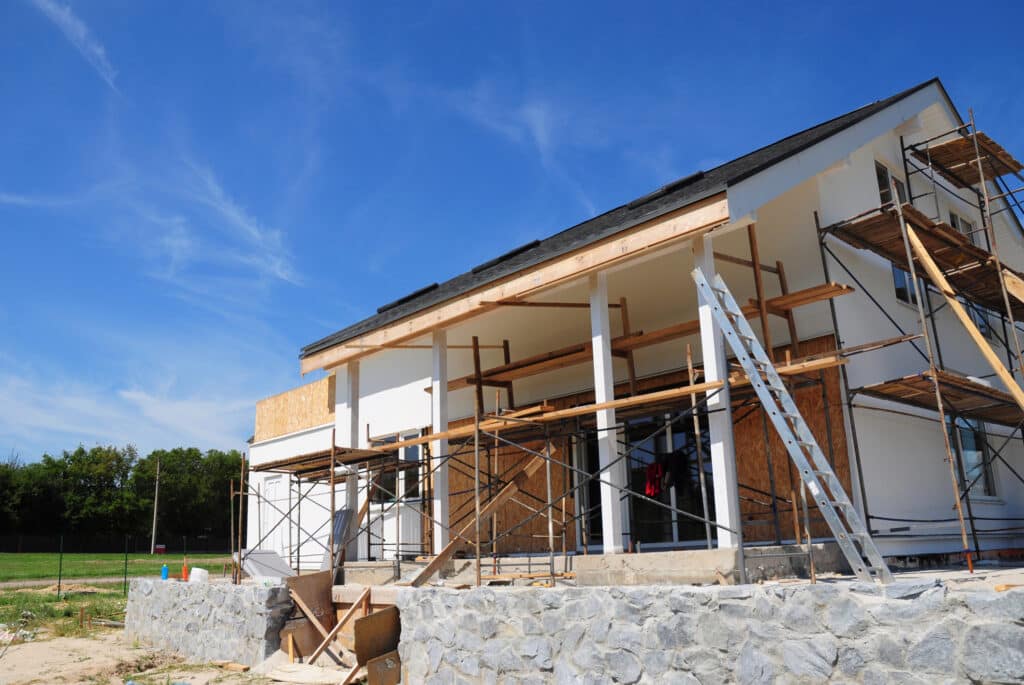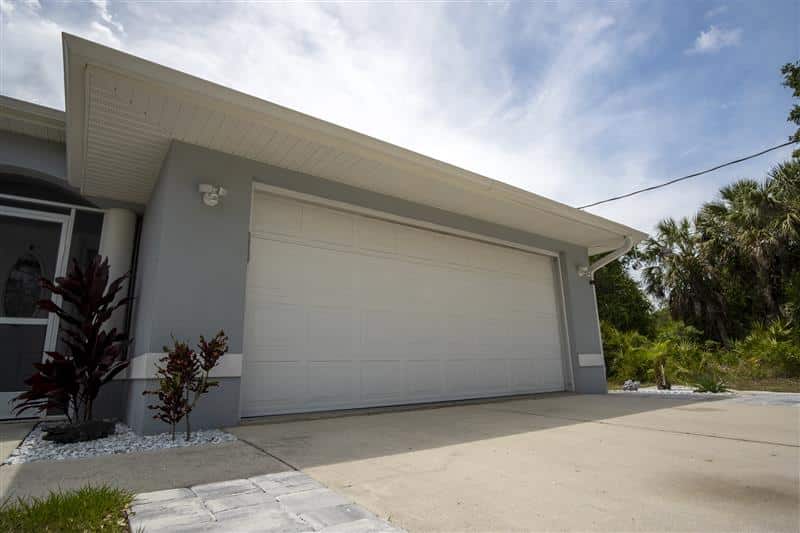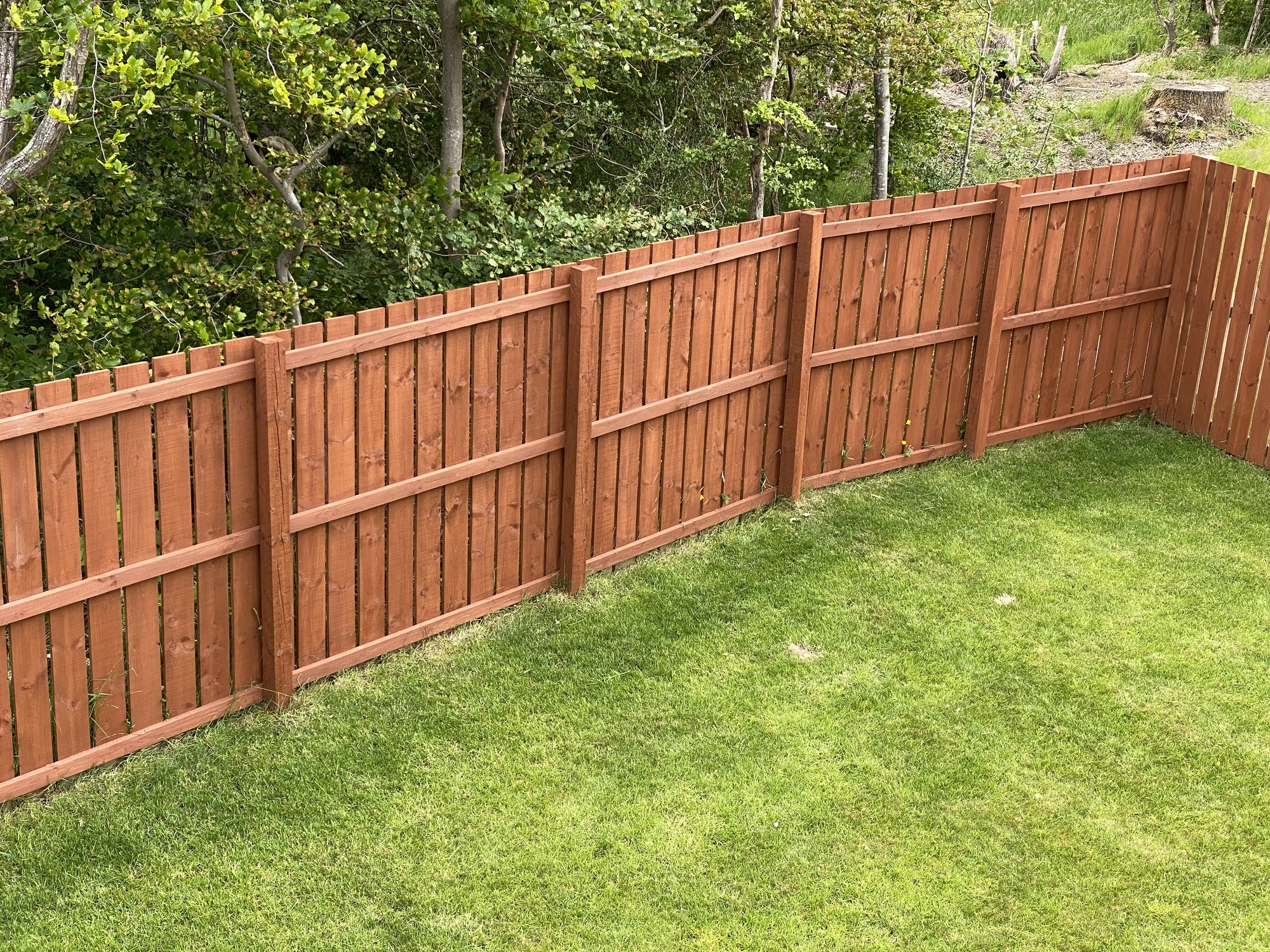What Every Remodeling Project Needs To Include for Hurricane Prep

Each year, the Atlantic hurricane season produces approximately 14 named storms, seven hurricanes, and three major hurricanes. Altogether, these produce billions of dollars in damages across the United States, leaving many businesses and homeowners devastated. The good news is that by following the latest construction regulations and using reinforced materials, you can remodel your home to stand firm in the face of extreme winds and heavy rainfall. Find out which remodeling projects are worth investing in to fortify your home before hurricane season hits this year.
Upgrade To a Metal Roof
Hurricane-proofing your roof should be at the top of your to-do list. While this certainly isn’t the cheapest project to knock out, failed roof covers are one of the leading causes of hurricane damage. If you have the budget to replace your roof, some of the hardiest materials you can install are:
-
- High-gauge metal: For a long-lasting and impact-resistant option, high-gauge metal is a strong contender that’s rated for 140 miles per hour (mph) winds.
-
- Composite: This type of roof combines asphalt, fiberglass, and mineral granules for wind ratings of up to 130 mph.
-
- Asphalt: For added fire and water protection, choose H-class asphalt shingles, which can hold their own in winds up to 150 mph.
Whether you’re replacing your entire roof or bolstering what you already have, make sure your contractor follows Florida’s building codes for fastening. This resource provides guidelines for designing homes in high-velocity hurricane zones and will prove useful even if you live in another state. Reinforce your roof with clips, tie-downs, and hurricane straps for reliable protection.
Fortify Your Garage Door
Another area of your home that’s highly susceptible to hurricane damage is your garage door. With enough force, gusty winds can easily bend or break garage doors made with inferior materials. This is particularly dangerous if you have an attached garage because the extreme buildup of air pressure can push back against your roof, causing it to lift out of place. Check to see if your garage door features a wind compliance label. If it doesn’t, it may be time to upgrade the whole system.
Windload garage doors are specifically built to withstand impact from debris, with some achieving wind resistance ratings of up to 200 mph. Look for options made with sturdy materials like fiberglass, steel, and aluminum for maximum durability. You can also strengthen your garage door by installing additional bolts at the top and bottom of it. Here are some other quick tips to reinforce this part of your home:
-
- Install a detachable bracing system on your garage posts.
-
- Exchange the standard deadbolt for a longer-throw version.
-
- Replace hinge screws.
-
- Seal your garage door to make it water resistant.
-
- Add an extra locking system as a backup.
Install Impact-Resistant Doors and Windows
No hurricane prep remodeling project is complete without impact-resistant doors and windows. In fact, the International Residential Code (IRC) mandates the use of impact-resistant windows in hurricane-prone regions. Windows typically need to be replaced every 25 years, so if you’re approaching this stage, it’s well worth exploring hurricane-resistant options. Look for windows and doors compliant with Miami-Dade County standards. Even if you live in another part of the country, options that meet these strict regulations are some of the best on the market.
Most impact-resistant windows are made from two layers of laminated fiberglass to prevent shattering. You can also opt for a low-emittance (LoE) coating for greater UV protection to keep your home cool on those sweltering summer days. Make sure you reinforce the framing to keep your windows and doors securely in place during harsh storms. This will also help insulate your house.
Additional Remodeling Tips To Hurricane-Proof Your Home
So far, we’ve covered some substantial remodeling projects that offer superior resilience during hurricanes. However, these projects also come with hefty price tags. Below are some ideas that may be more affordable as you continue to improve your house:
-
- Add storm shutters. For an extra layer of security, add storm shutters that you can easily close before a hurricane hits to protect your windows from flying debris. There are several permanent and removable styles available to choose from, including accordion, roll-down, and Bahama shutters.
-
- Focus on floodproofing. As you upgrade your property, choose water-resistant materials to keep your home and your belongings dry. Seal cracks in the foundation and, if you live in a flood zone, consider installing flood vents to reduce the risk of damage.
-
- Install redundancies. Research redundant plumbing and electricity solutions to keep your home operational if the power goes out. Investing in a standby or portable generator and surge protectors is a great place to start.
-
- Anchor fence posts. The last thing you need is for a portion of your privacy fence to break loose and turn into a projectile missile. Opt for durable materials like reinforced vinyl or chain-link, and ground fence posts using a concrete foundation for extra staying power.
-
- Landscape with intention. Plant deep-rooted trees away from your home, power lines, and other structures on your property to prevent damage. Make sure to prune them regularly to get rid of dead branches and avoid using rock mulch altogether.
Remodeling Resources for Hurricane Protection
As you retrofit your home to make it more durable against the elements, you’re likely to run into a few snags. While nothing can replace the expertise of an experienced contractor who understands your climate and local regulations, there are plenty of resources available to help guide you throughout this process.
The Insurance Institute for Business and Home Safety launched the Fortified Home program, which lays out construction guidelines to improve structural resilience against natural disasters. They also highligh



